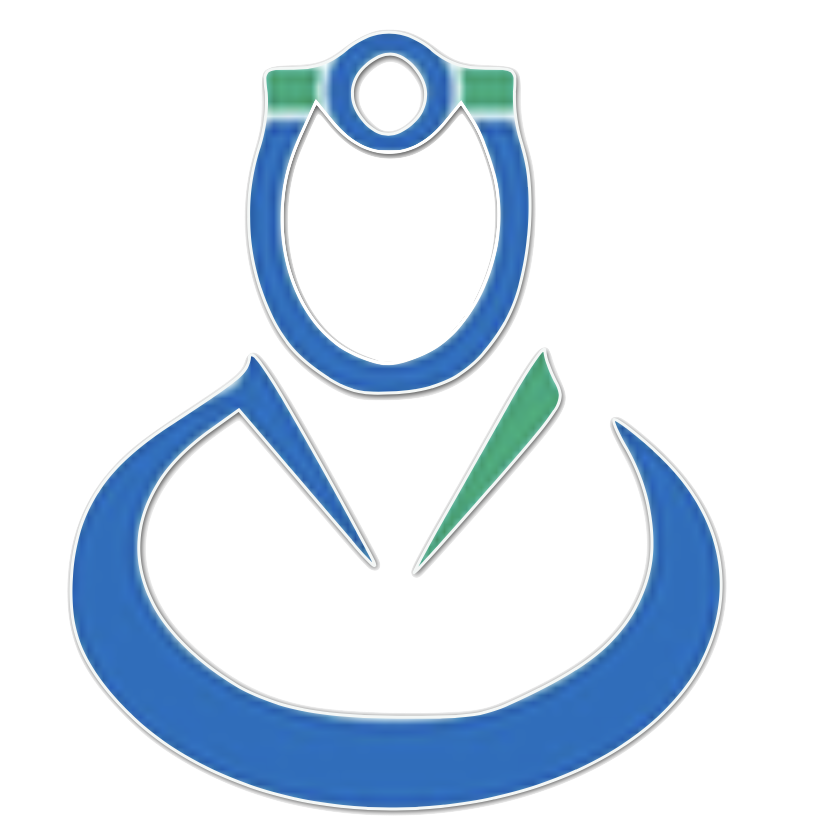Machine Learning for Medical Diagnosis
Machine learning (ML) is a subfield of artificial intelligence that focuses on developing algorithms that can learn from and make predictions or decisions based on data, without being explicitly programmed. In the context of medical diagnosis, machine learning has the potential to revolutionize the way diseases are detected, classified, and managed.
Here’s how machine learning can be applied to medical diagnosis:
1. Disease Detection and Classification:
– ML algorithms can be trained on large datasets of patient information, including clinical notes, lab results, and medical images, to identify patterns and features associated with specific diseases.
– Supervised learning techniques, such as decision trees, support vector machines, and neural networks, can be used to develop models that can accurately classify patients into different disease categories based on their input data.
– For example, ML models can be trained to detect skin cancer from dermatoscopic images, identify lung nodules on chest X-rays, or diagnose diabetic retinopathy from retinal scans.
2. Risk Prediction and Stratification:
– ML algorithms can analyze patient data to predict the likelihood of developing certain diseases or complications, enabling proactive interventions and personalized risk management.
– Predictive models can be developed using techniques such as logistic regression, random forests, and gradient boosting machines, which can identify risk factors and stratify patients based on their risk profiles.
– Examples include predicting the risk of heart disease based on clinical and demographic variables, estimating the likelihood of hospital readmissions for chronic conditions, or identifying patients at high risk of sepsis in the intensive care unit.
3. Differential Diagnosis and Symptom Analysis:
– ML can assist healthcare providers in generating differential diagnoses based on a patient’s presenting symptoms, medical history, and other relevant data.
– Natural language processing (NLP) techniques can be used to extract and analyze unstructured data from clinical notes and patient narratives, enabling the identification of key symptoms and potential diagnoses.
– ML-powered symptom checkers and virtual assistants can guide patients through the diagnostic process, provide personalized recommendations, and assist in triage and referral decisions.
4. Multimodal Data Integration:
– ML algorithms can combine and analyze data from multiple sources, such as electronic health records, genomic data, wearable devices, and social determinants of health, to provide a more comprehensive view of a patient’s health status.
– Deep learning techniques, such as convolutional neural networks (CNNs) and recurrent neural networks (RNNs), can be used to extract features and learn representations from complex, high-dimensional data.
– Multimodal data integration can enable more accurate and personalized diagnoses, as well as the identification of novel disease subtypes and biomarkers.
5. Continuous Learning and Adaptation:
– ML models can be designed to continuously learn and adapt as new data becomes available, enabling them to improve their performance and generalize to new patient populations over time.
– Techniques such as online learning, transfer learning, and reinforcement learning can be used to update and refine ML models based on real-world feedback and outcomes.
– Continuous learning can help address the challenges of concept drift and data heterogeneity in medical diagnosis, ensuring that ML models remain accurate and relevant as disease patterns and patient characteristics evolve.
To effectively apply machine learning for medical diagnosis, several key considerations must be addressed:
1. Data Quality and Availability: ML models require large, diverse, and high-quality datasets for training and validation. Ensuring the availability of representative and accurately labeled data is essential for developing reliable diagnostic models.
2. Interpretability and Explainability: ML models should be designed to provide transparent and interpretable decision-making processes, enabling healthcare providers to understand and trust the model’s predictions and recommendations.
3. Ethical and Regulatory Considerations: The development and deployment of ML-based diagnostic tools must adhere to ethical principles, such as fairness, non-discrimination, and patient privacy, and comply with relevant regulatory requirements and standards.
4. Human-AI Collaboration: ML should be viewed as a tool to augment and support human expertise, rather than replace it. Effective integration of ML into clinical workflows requires close collaboration between healthcare providers, data scientists, and AI experts.
5. Validation and Clinical Trials: ML-based diagnostic tools must undergo rigorous validation and clinical trials to assess their safety, efficacy, and impact on patient outcomes before widespread implementation in clinical practice.
As machine learning continues to advance, its potential to transform medical diagnosis and improve patient care is immense. By leveraging the power of data and algorithms, healthcare providers can make more accurate, efficient, and personalized diagnostic decisions, ultimately leading to better patient outcomes and a more sustainable healthcare system.
by Dr. Jose A. Cisneros, MD,PhD


Recent Comments